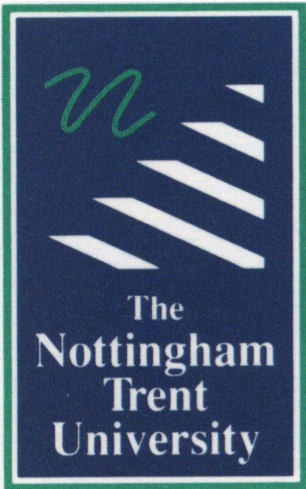


With the use of barcodes and scanners on many product items, the retailer can have up to date information, about products sold. Barcodes can hold information such as name of product, pack size, weight and the usual price as seen at check out counters. The use of barcodes at the check out gives the customer also the benefit to see what food items they have purchased, by name and price.
Having barcodes on products means that sales data can be processed at various levels. With the barcode products, sales can be disseminated product group, by department, by store and so on.
Sales data can be compared against projected performance or previous years performance. The branch manager has the opportunity to see increases and decreases of sales for the whole store, department or product.
Sales information on product sales has lead to what in retail is know as 'streamlining'. This is the work of supermarkets removing the less popular brand items off the selves and replacing them with more popular brands, so as to increase profits. The only people that lose out are the consumers. The positive side is that it also helps the retailer place new products of a similar nature into the store, therefore introducing new products, to test consumer reaction.
Demand Forecast - This deals with the forecasting of demand for each product line in the store. This forecast generator is linked with the sales expected for the day or week. For example the demand for products will be greater at Christmas that in February, so it is up to the store manager to project the demand accordingly.
Forecast Lead Time - This deals with the setting of the delivery of goods to the store. If a store receives a delivery less say twice a week on Monday and Friday. When ordering to replenish stock the store manager must ensure the order enough stock is ordered to last the branch till the next delivery. If the goods are delivered on Friday there must be enough stock to last the busy weekend till the Monday when the next delivery is.